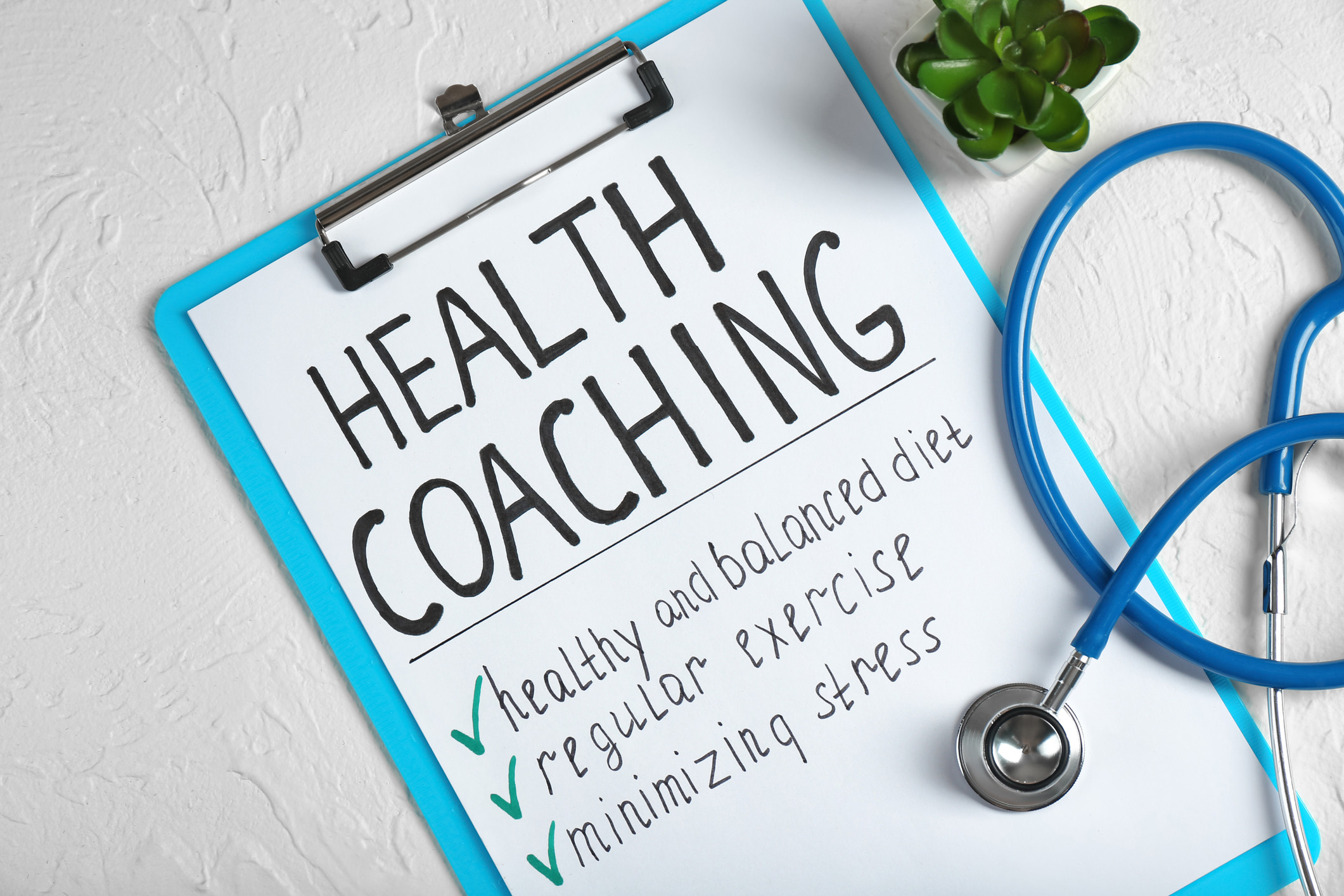The need for wellness and wellness coaches has surged in the last decade. With more than 50% of adults revealing improved pressure and an increasing focus on preventative care, this career has never been more relevant. If you're enthusiastic about helping the others live healthiest, more healthy lives, becoming a certified Health Coach certification could be an ideal career path. But how will you get qualified? Here's the thing you need to know.
What Is a Health and Wellness Coach?
A health and wellness coach assists people achieve their health-related goals, whether that is adopting healthy diet plan, handling tension, improving conditioning, or fostering sustainable lifestyle changes. Unlike practitioners or nutritionists, instructors become manuals, providing motivation, accountability, and methods to support personal growth. Accreditation assures that instructors have the knowledge and abilities to supply impactful, evidence-based guidance.
Why Certification Issues
Obtaining certification validates your expertise and provides customers confidence in your abilities. According to business reports, the reliability made available from holding a acknowledged qualification may increase customer confidence and boost your making possible by as much as 20-30%. Accreditation also aligns coaches with industry criteria, letting them stay current with emerging tendencies and most readily useful practices.
Steps to Learning to be a Licensed Health and Wellness Instructor
1. Match Instructional or Pre-Requisite Needs
Most applications need a senior high school diploma or equivalent. Some could also choose individuals with experience in wellness, fitness, or connected areas, however this isn't always necessary.
2. Choose the Proper Certification Program
Choosing an certified program is one of the most important steps. Search for certifications which can be approved by respected companies such as the National Panel for Wellness & Wellness Training (NBHWC). These programs usually focus on conduct change methods, customer conversation, integrity, and wellness science essentials.
3. Total Expected Instruction Hours
Many programs include anywhere from 100 to 300 hours of coursework. This may encompass online segments, in-person sessions, and sensible training. Assume to understand inspirational interviewing, goal-setting strategies, and client-centered approaches.
4. Pass the Accreditation Exam
To accomplish accreditation, you must successfully move a test that evaluates your information and practical skills. Screening might include multiple-choice issues, situation reports, and also live routines of training sessions.

5. Maintain Your Certification
Certification usually involves periodic renewal through continuous education. This assures that you remain up-to-date with new methodologies and breakthroughs in the field.
The Rising Market for Wellness Instructors
With worldwide wellness spending surpassing $4.4 billion annually, the training market is booming. Whether working separately or partnering with businesses to provide staff wellness applications, authorized health and wellness coaches sit to flourish in this expanding market.
By following these measures and becoming licensed, you are able to turn your passion for health right into a rewarding and impactful career, supporting the others achieve their best lives.
